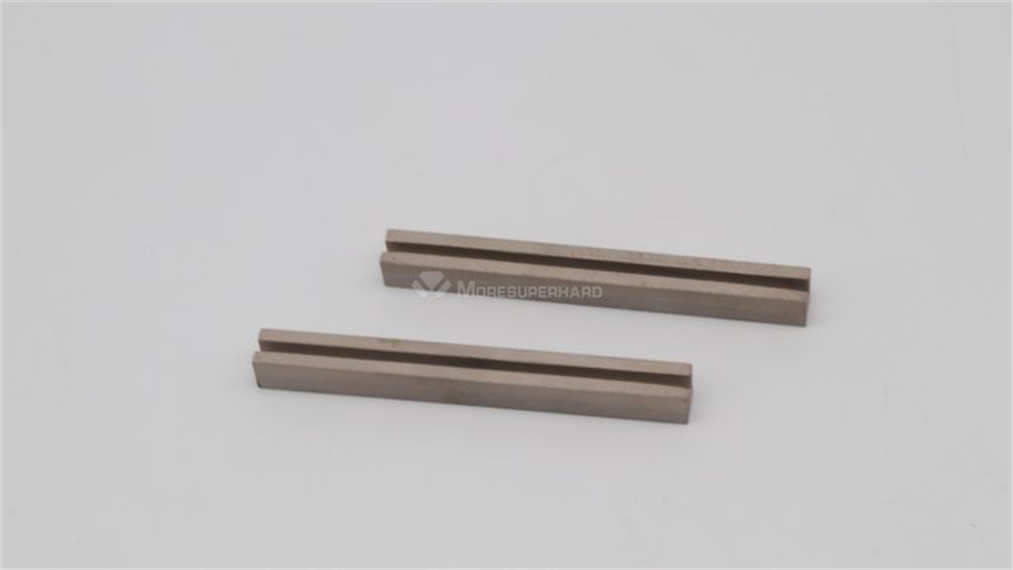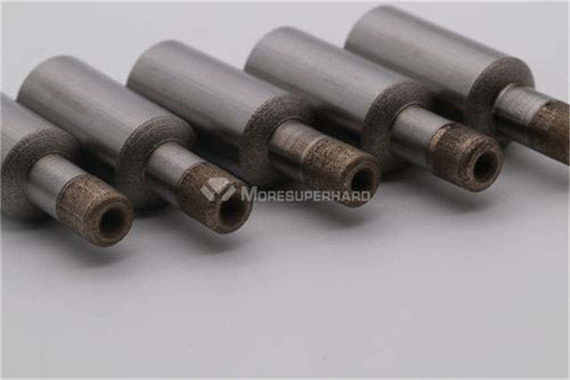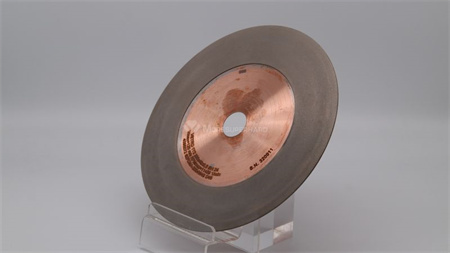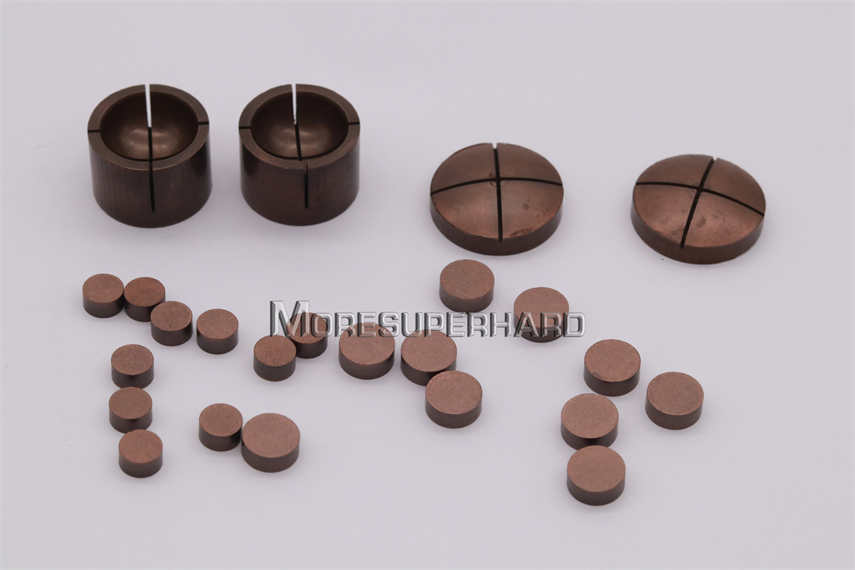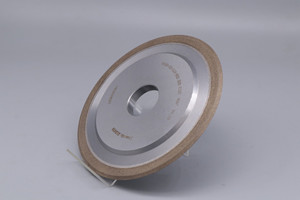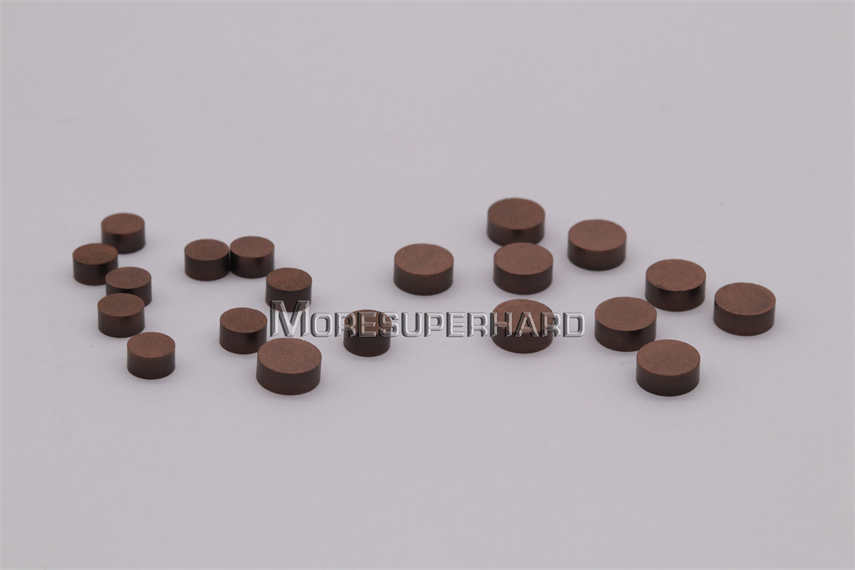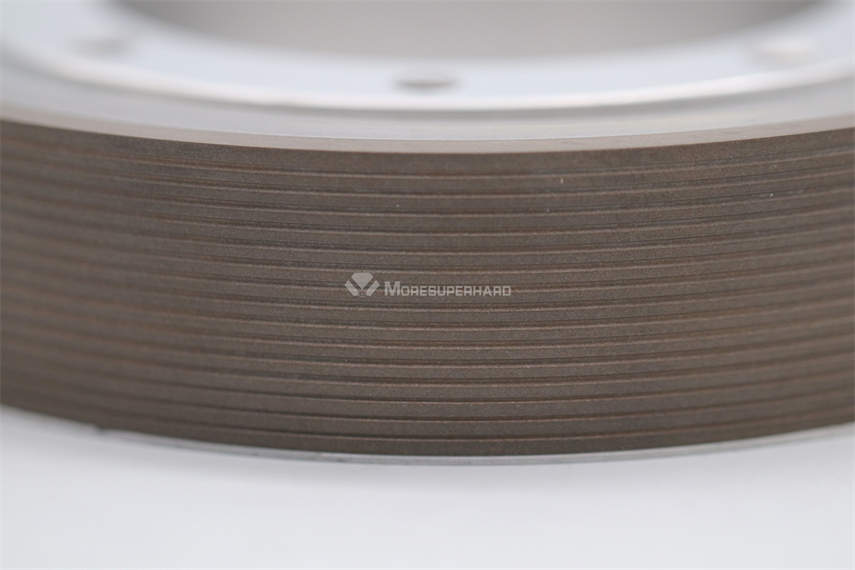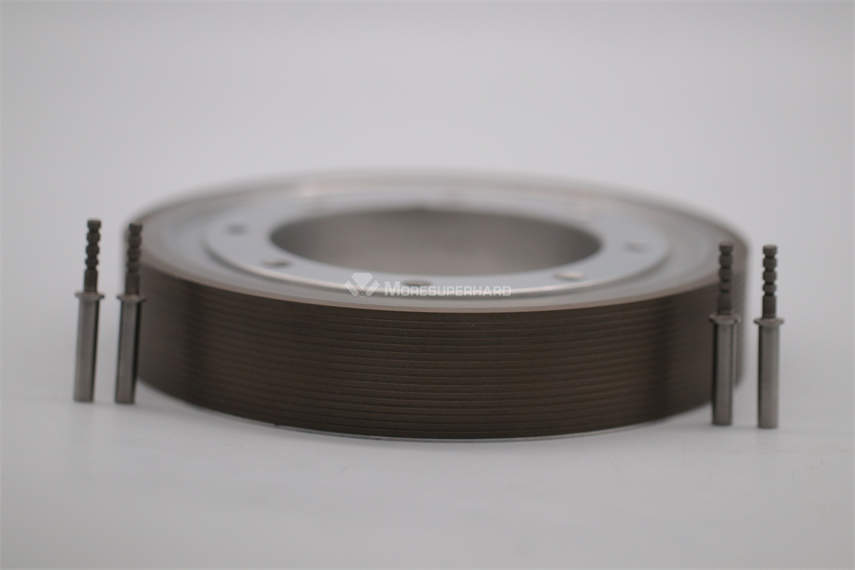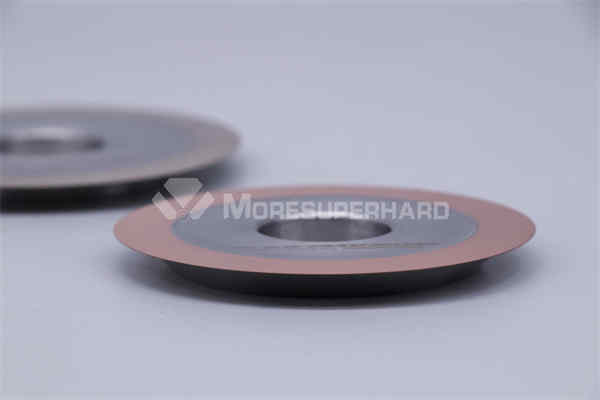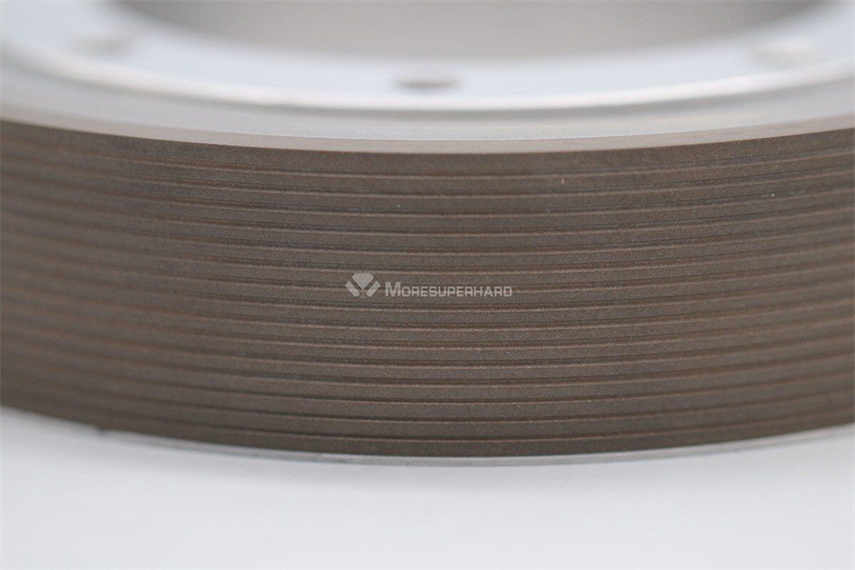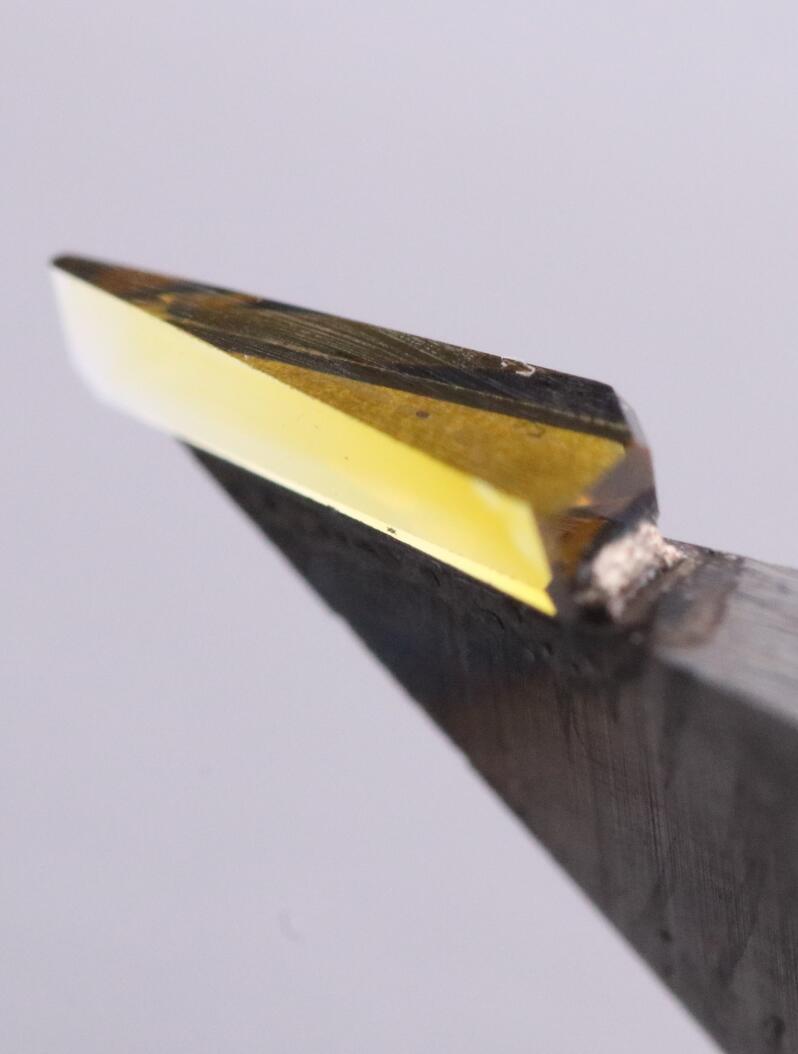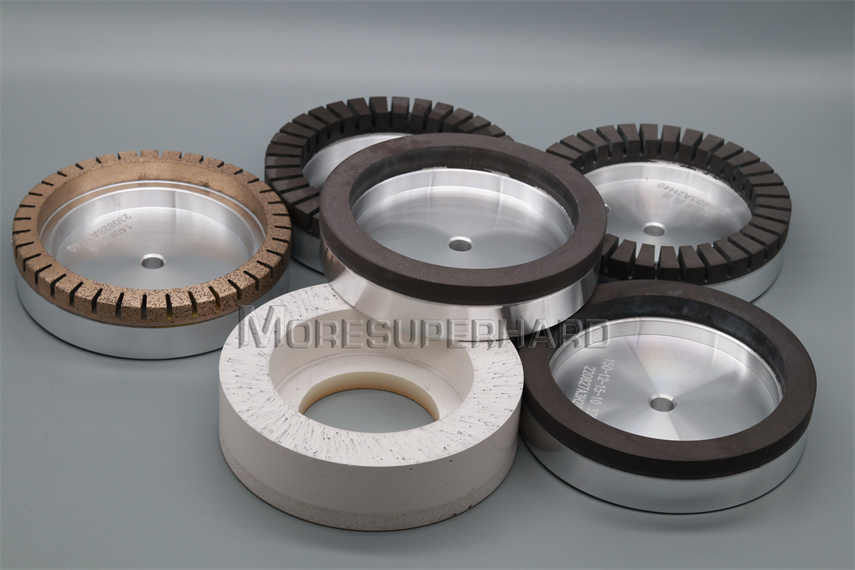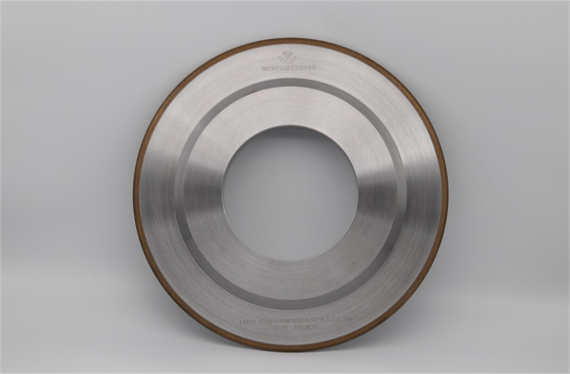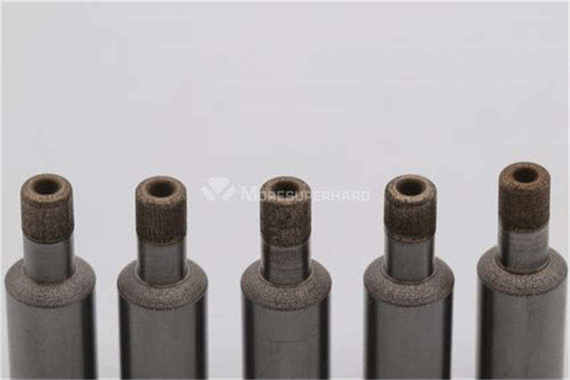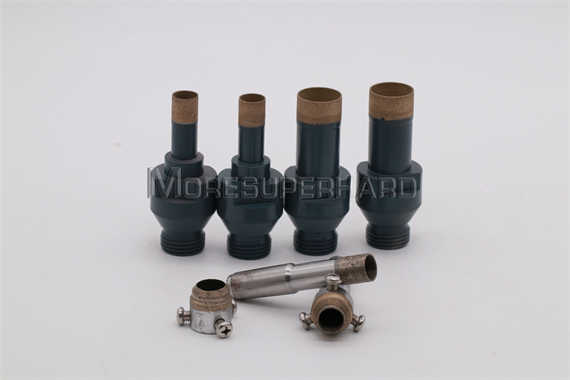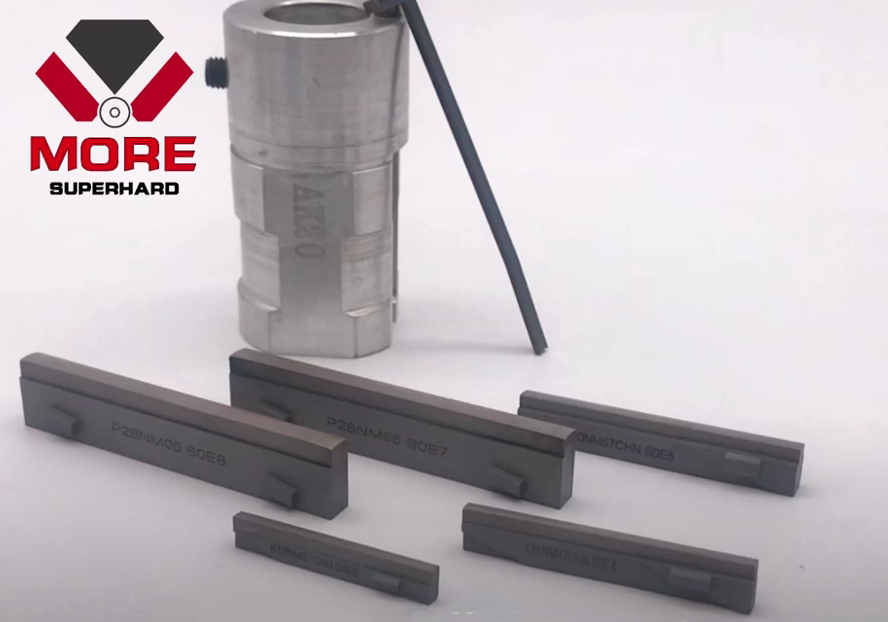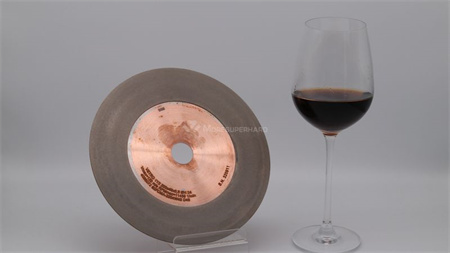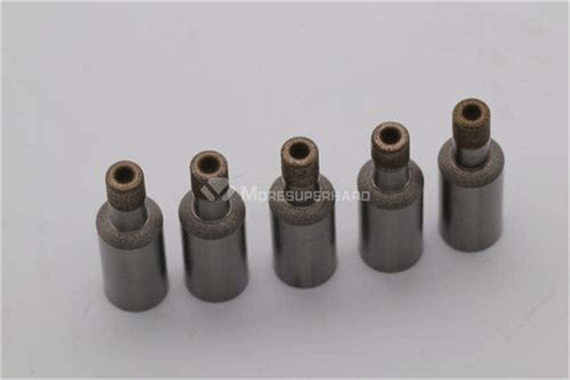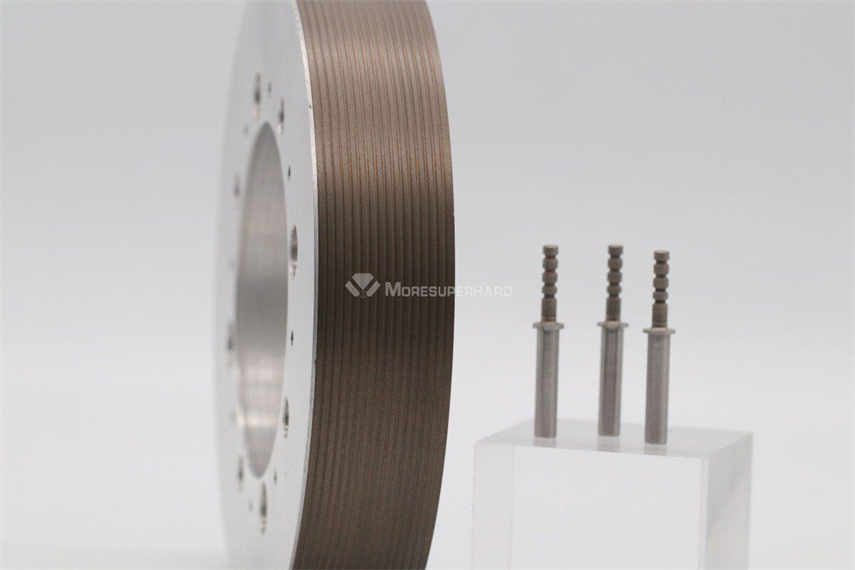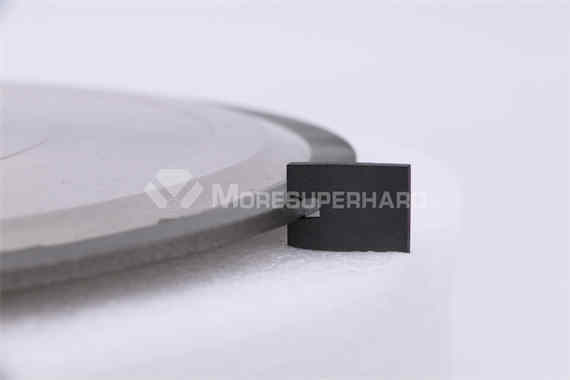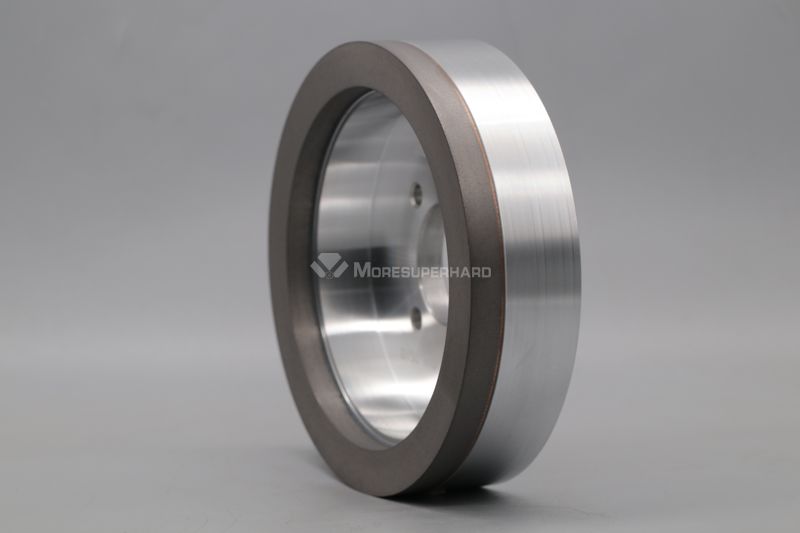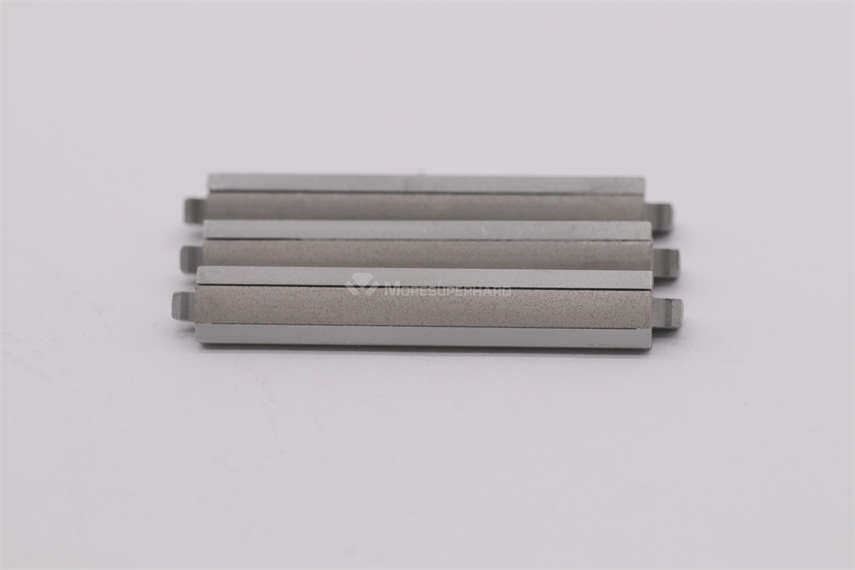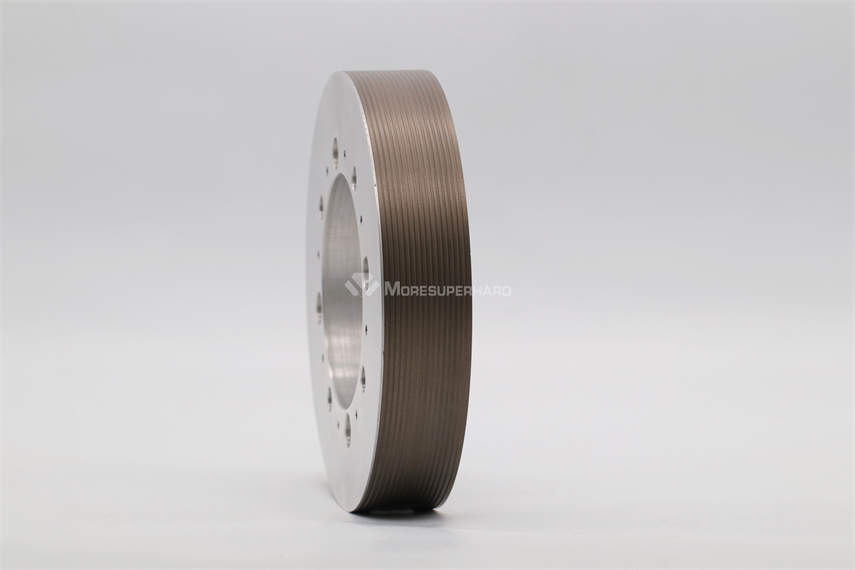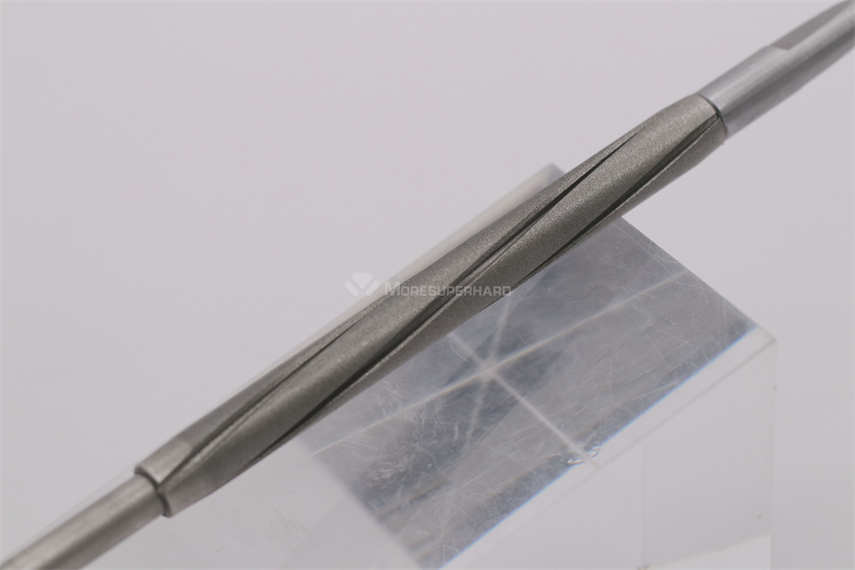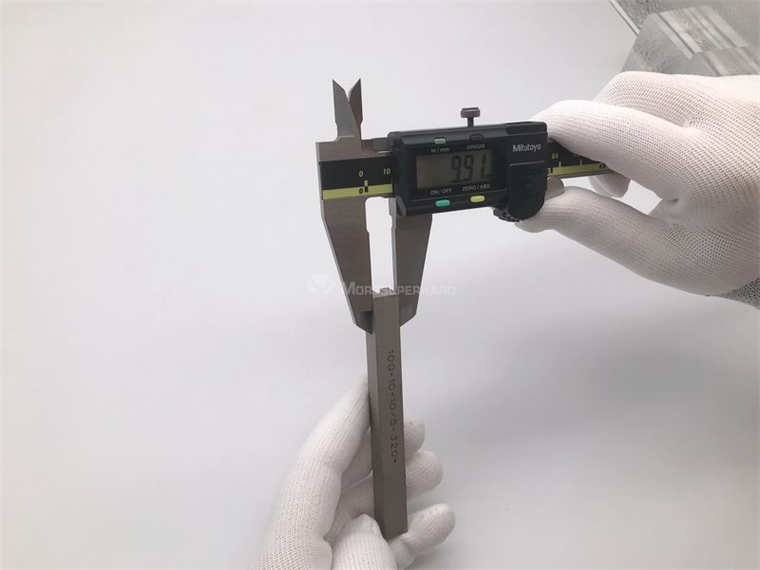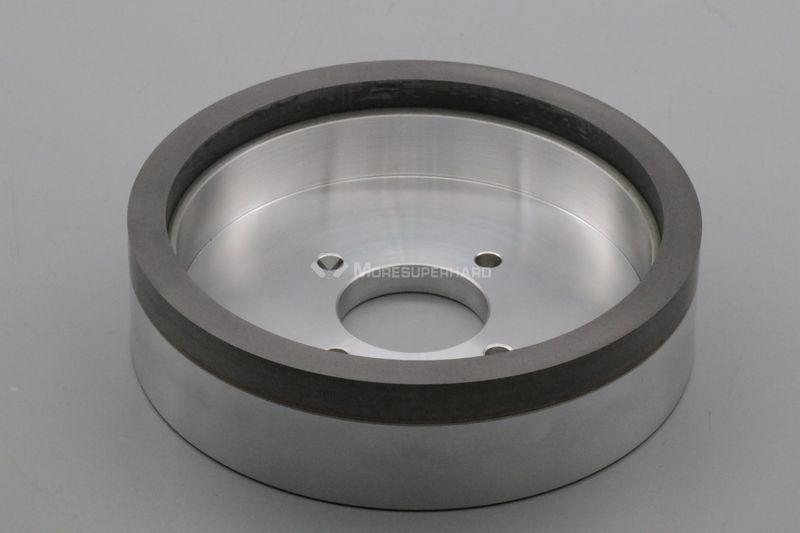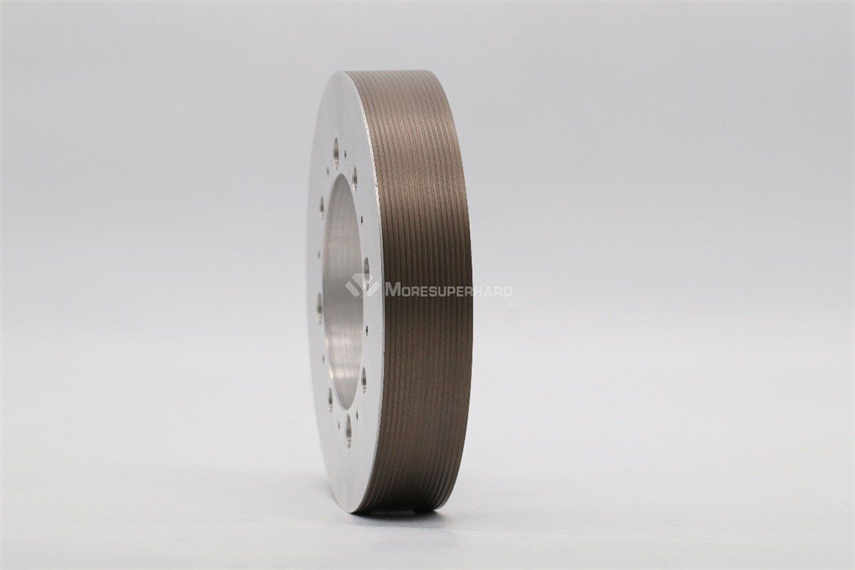The inner bore of a ceramic hip is carefully engineered to minimize friction and allow smooth movement between the implant and the natural femoral head. This helps to reduce wear and tear on the implant, as well as potentially decrease the risk of complications and improve the overall functionality of the hip joint.
Precision and Accuracy: The Inner Bore must be ground with precision and accuracy to achieve the proper fit and ensure the functionality of the hip implant. Regulations and specifications provided by the manufacturer should be strictly followed to meet the required dimensions and tolerances.
Coolant and Lubrication: Use an appropriate coolant or lubrication system during the grinding process to prevent excessive heat buildup. This helps to avoid thermal damage to the ceramic material and maintain its integrity.
Grinding Parameters: Optimize the grinding parameters, such as wheel speed, feed rate, and depth of cut, to ensure efficient material removal while minimizing the risk of surface damage or overheating.
Quality Assurance: Conduct regular inspections and quality control checks throughout the grinding process. This includes dimensional measurements, surface roughness assessment, and visual inspections to ensure that the Inner Bore meets the specified requirements.
Surface Finish: After grinding, pay attention to achieving the desired surface finish of the Inner Bore. This may involve polishing or additional finishing processes to ensure a smooth, low-friction surface.



